|
The Black Isle 29 July - 2 August Back at the Black Isle, I managed to squeeze in visits to three sites. The first was the Fairy Glen at Rosemarkie on 30 July. This is an area of deciduous woodland beside a stream; a trail through the forest follows the stream to a waterfall. The woodland, as you would expect at the end of July, was rather quiet but I saw a few common birds including Coal Tit and Treecreeper. My target bird , however, was Dipper, and I managed to see and photograph one near the car park. On 31 July I went to Chanonry Point, also near Rosemarkie, in search of the Botttlenose Dolphins which are regularly seen there. This is a popular site; at least a hundred people were lined up on the shingle beach observing several dolphins that were swimming close to the shore on the rising tide. For the hour I was there, only their backs and dorsal fins were visible apart from a five minute period when two or three of the dolphins suddenly started leaping above the water. I only managed to get a couple of not altogether satisfactory shots of the dolphins in action. After viewing the dolphins, I headed a few miles east to the RSPB Red Kite feeding station at Tollie. I remember seeing my first Red Kites in the 1970s at Cors Tregaron in central Wales. At the time, this was only the place where Red Kites occurred in Britain – a relict population of a species that was once widespread here (there are references to the bird in Shakespeare). A reintroduction scheme began in 1989 with birds from Spain, where there is a healthy population, being released in the Chilterns and the Black Isle. The success of the initial project has led to further reintroductions at several sites in England and Scotland.
Red Kites can often be seen flying over the fields and woods on the Black Isle, but at Tollie food is put out for the birds daily in the afternoon enabling visitors to get good views of the birds. When I was there, two birds were flying overhead and swooping down to take food laid out on a raised table. More birds come down to feed in winter.
0 Comments
North Uist 24 - 29 July 24 July We drove from the Black Isle across to Skye. In Uig Harbour there were five Common Eiders, a Shag and a Black Guillemot. 25 July We took the car ferry from Uig to Lochmaddy in North Uist. It was a cloudy morning with strong swells but with plenty of seabirds on the crossing. From the deck, I saw plenty of Northern Gannets, Fulmars, Arctic Terns, Kittiwakes, Puffins, Razorbills, Guillemots and Black Guillemots, plus a flock of 25 Common Scoters, three Manx Shearwaters and four European Storm Petrels. After arriving on North Uist, we headed to Grenitote where a Snowy Owl had been seen on the previous two days. Unfortunately, the owl was not recorded again during our stay, but en route we had a Short-eared Owl quartering the machair adjacent to the road, and in the grassland adjoining the sandy bay at Grenitote there were a number of common waders, gulls and passerines including Meadow Pipits, Corn Buntings and Twite. 26 July We spent the morning walking the nature trail at RSPB reserve at Balranald. The leaflet from the visitor centre states that the reserve “comprises 658 ha of rocky headlands, islands, sandy bays, grasslands, inland lochs, machair and fen. These habitats support internationally important populations of several birds, notably the Corncrake… Many wading and farmland birds nest on the flower-rich machair and croft-land.” Unfortunately, a strong wind was blowing from the south during our visit, making birdwatching and photography difficult in this exposed area. (The temperature here was 18⁰C; in London, on the same day, the temperature reached 35⁰C!) North Uist is one of the best places for breeding waders in Britain, holding summer populations of Oystercatcher, Lapwing, Ringed Plover, Dunlin, Common Snipe and Common Redshank, with smaller numbers of Eurasian Curlew, Golden Plover and Common Greenshank, and a few Red-necked Phalaropes. We didn’t see snipe or golden plover today, but we saw the rest, including a single phalarope beside one of the tiny freshwater lochs next to the sea on the reserve. There were migrant Dunlin and Sanderling on the beaches. Offshore there was a steady southerly movement of Northern Gannets and I also picked out a few Manx Shearwaters. A Great Skua flew south on the landwards side of the dunes. Driving back to Lochmaddy along the A867, an Arctic Skua flew across the road in front of the car. 27 July The wind combined with light rain in the morning made for unpleasant walking in exposed areas – and the landscape is very exposed on these islands. The wooded area around Langass Lodge held Blackbird, Robin and Goldcrest. On the moorland hills above the lodge we visited a Neolithic stone circle, sheltering from the driven rain behind the largest rock in the complex. Above us, a female Hen Harrier hunted low over the heather. Our walk talk us higher and then downhill to Langass Wood – a conifer plantation of non-native Sitka Spruce and Lodgepole Pine. There, we saw a family of three Common Buzzards, three Chaffinches, a Wren and more Goldcrests. Walking back along the main to the lodge, we spotted a female red-breasted Merganser on one of the bare, open lochs. Later, we drove south through Benbecula to South Uist, stopping briefly at various sites. Smaller lochs held the odd Mallard and Tufted Duck. Loch Bee had 50+ Mute Swans, and 50+ Greylag Geese. A Red-throated Diver flew over the road from the sea towards Loch Druidibeg. On the moors along the side of the loch we turned up three Common Kestrels, three Ravens and two Hooded Crows. 28 July The morning was fine. The wind dropped. We headed out to Balranald and walked the nature trail again. In the calm conditions, a Corncrake called from crops close to the camp site and a Common Snipe flew overhead. Out on the beach at the southern end of the headland called Aird an Runair there were 250 Dunlins, 20+ Sanderlings and 22 Turnstones. The waders took flight when an Arctic Skua flew overhead. Nine Eiders and a juvenile Shelduck were on the sea close to the shore. Several Wheatears were scattered around the grassy headland. As we headed back to the car, the wind increased in strength and storm clouds gathered to the south. Soon rain began to fall, ending our birding for the day. 29 July
We caught the ferry back to Skye. A force 8 gale was blowing, making the sea rougher than on the outward journey. I saw the same sea birds as before and counted at least 18 Manx Shearwaters and six European Storm Petrels. Additional birds consisted of six Sooty Shearwaters, a Great Skua and an Arctic Skua. |
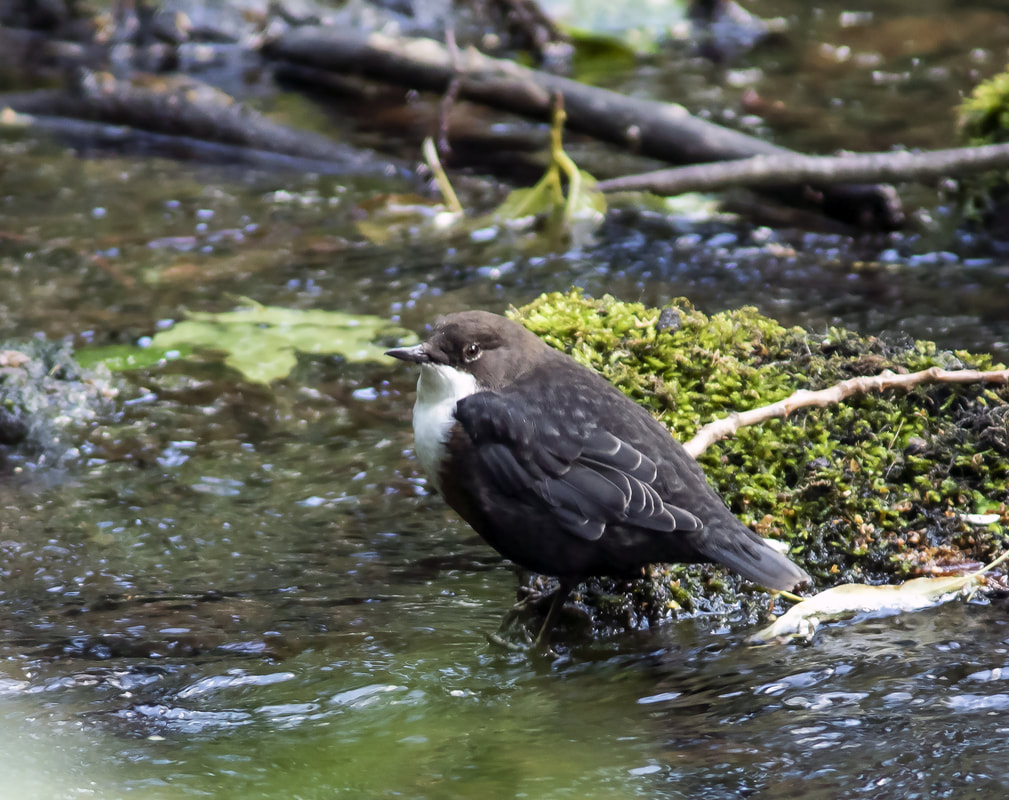
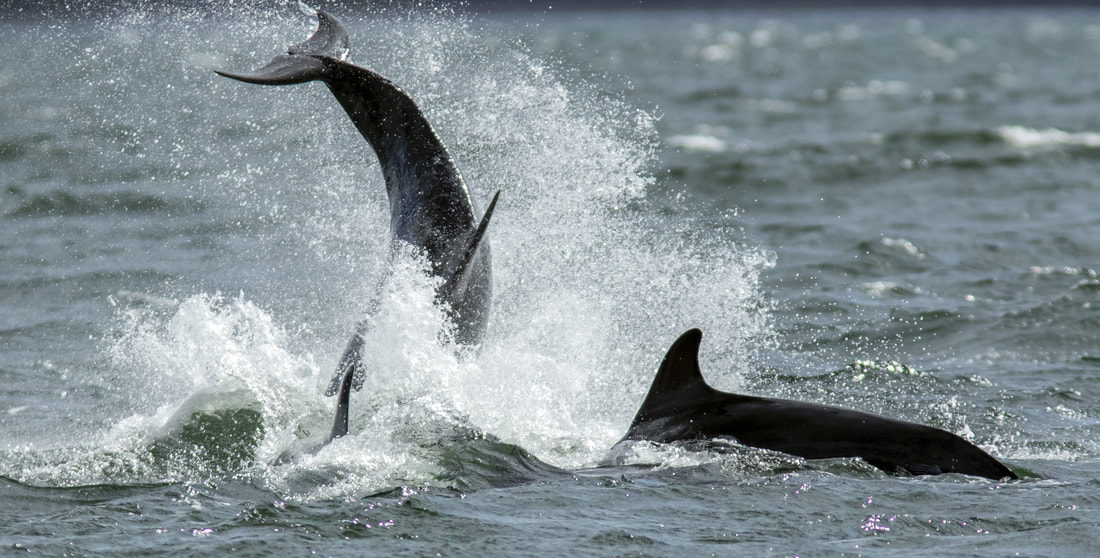
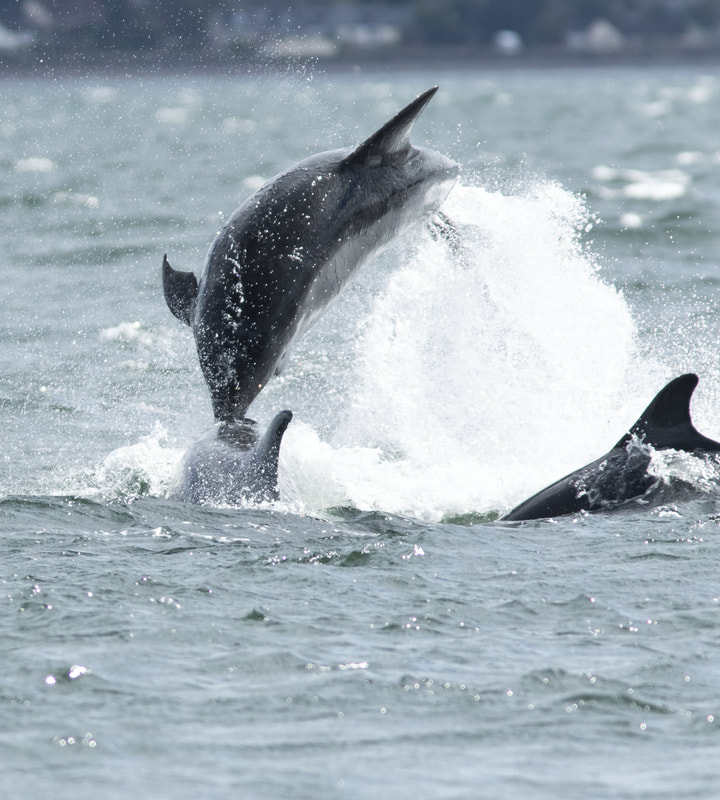
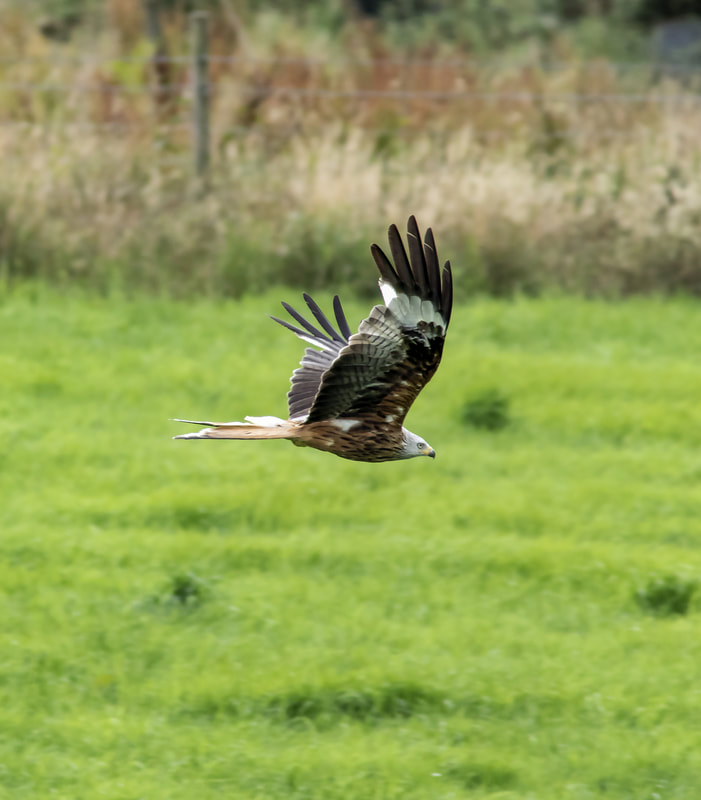
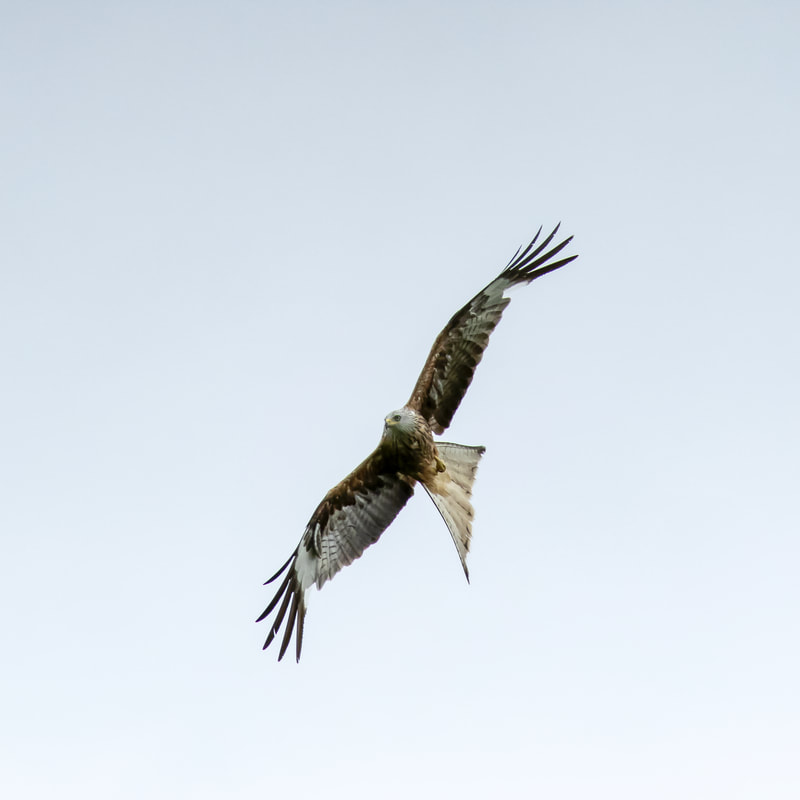
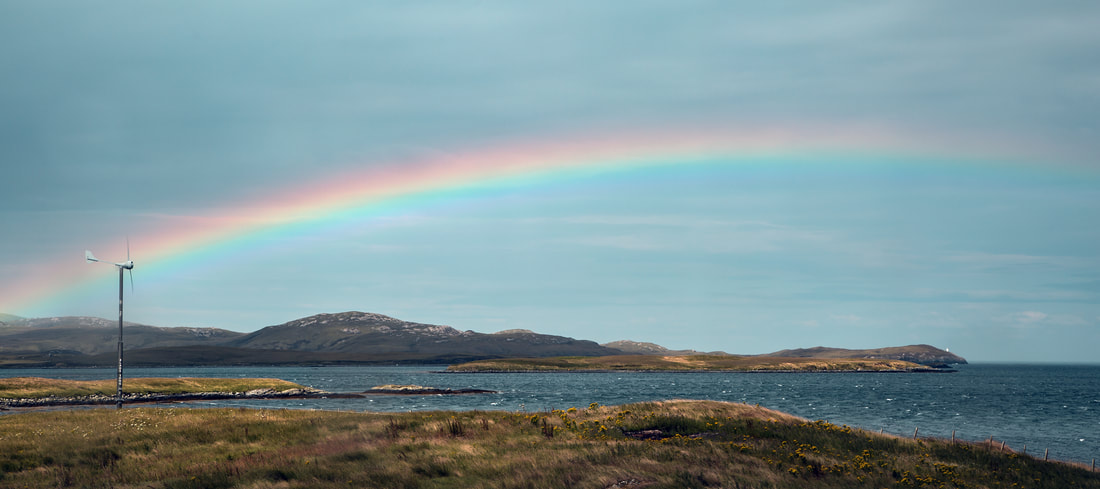
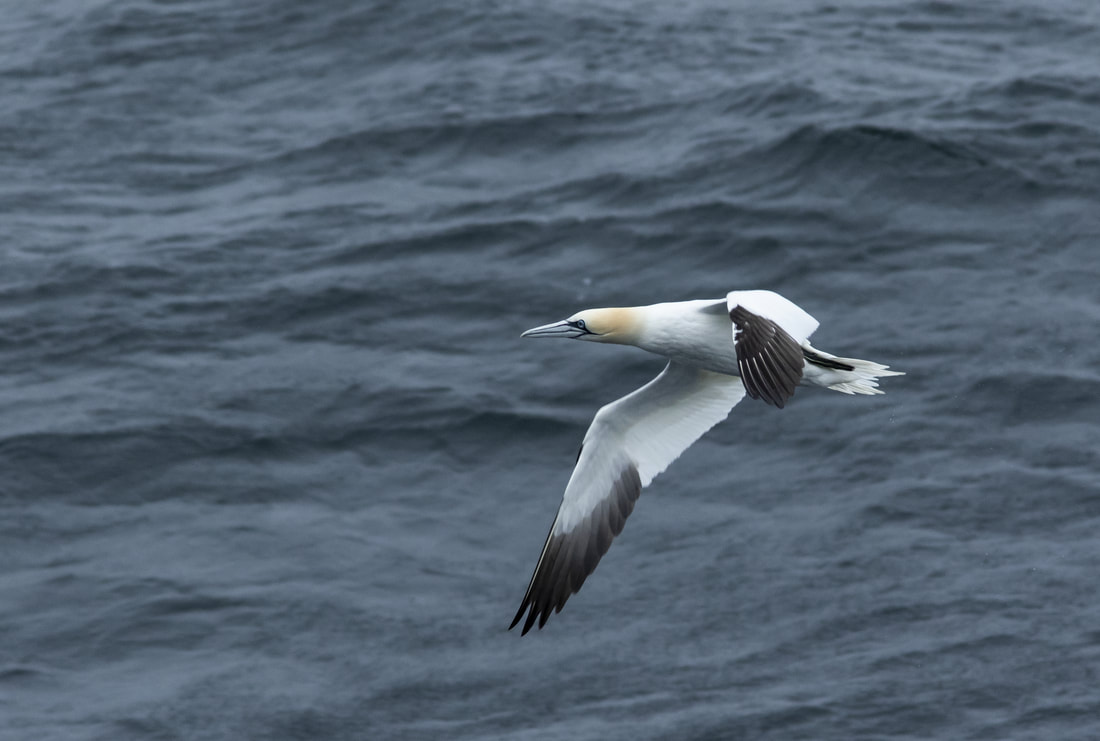
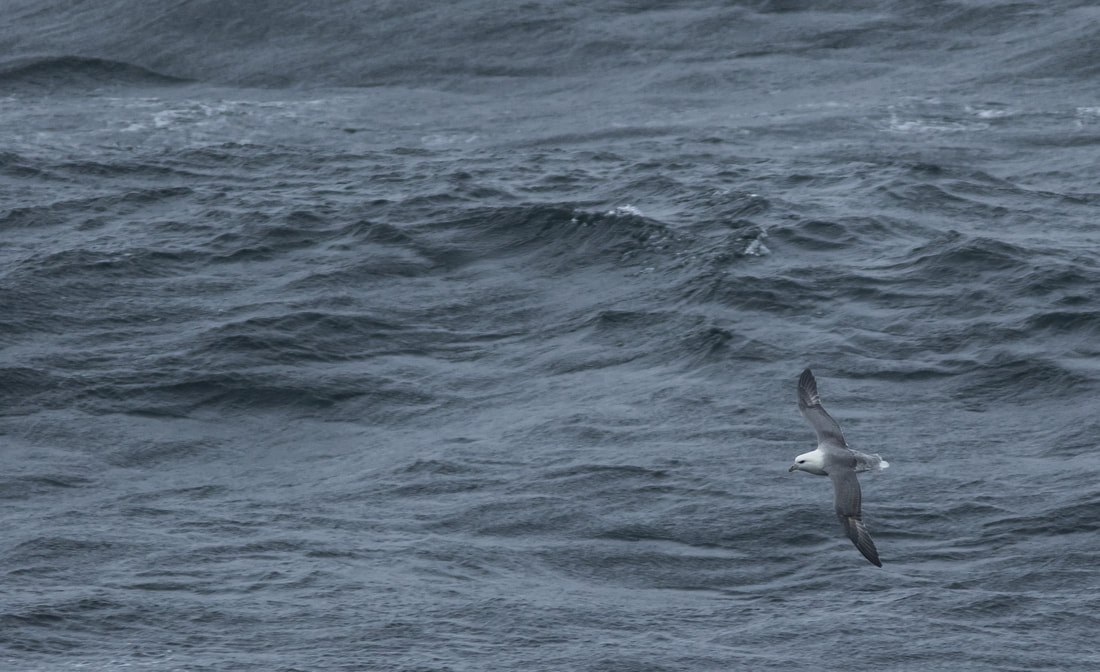
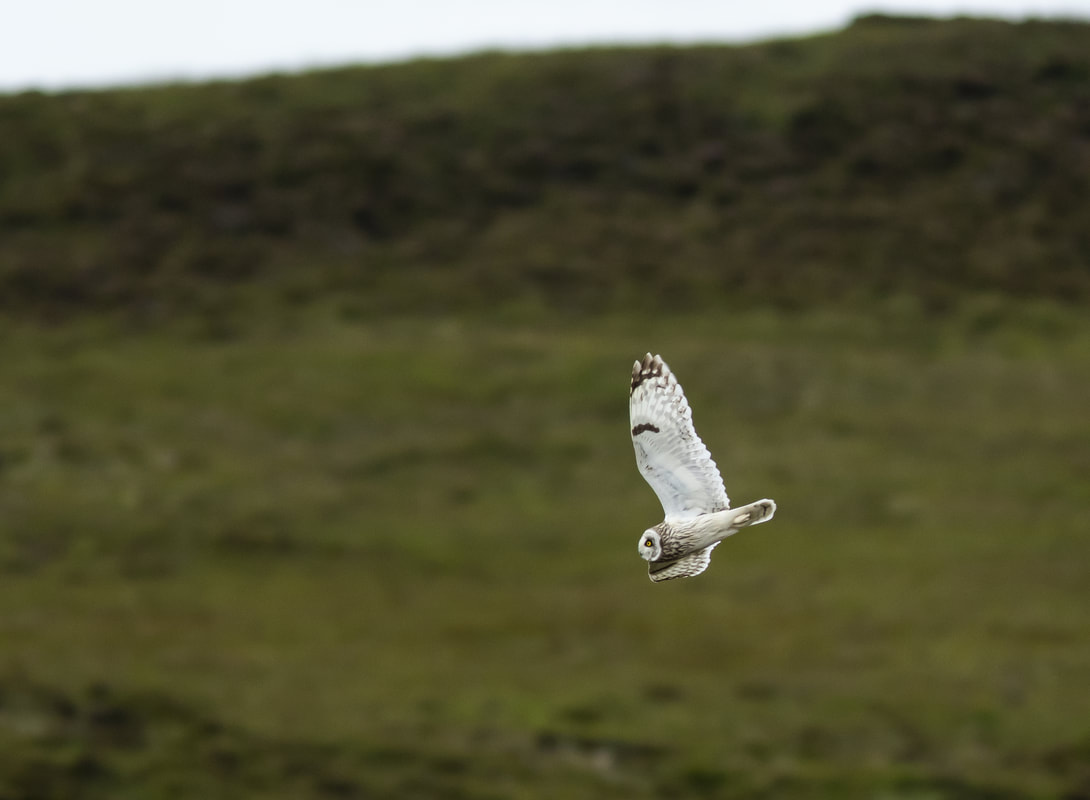
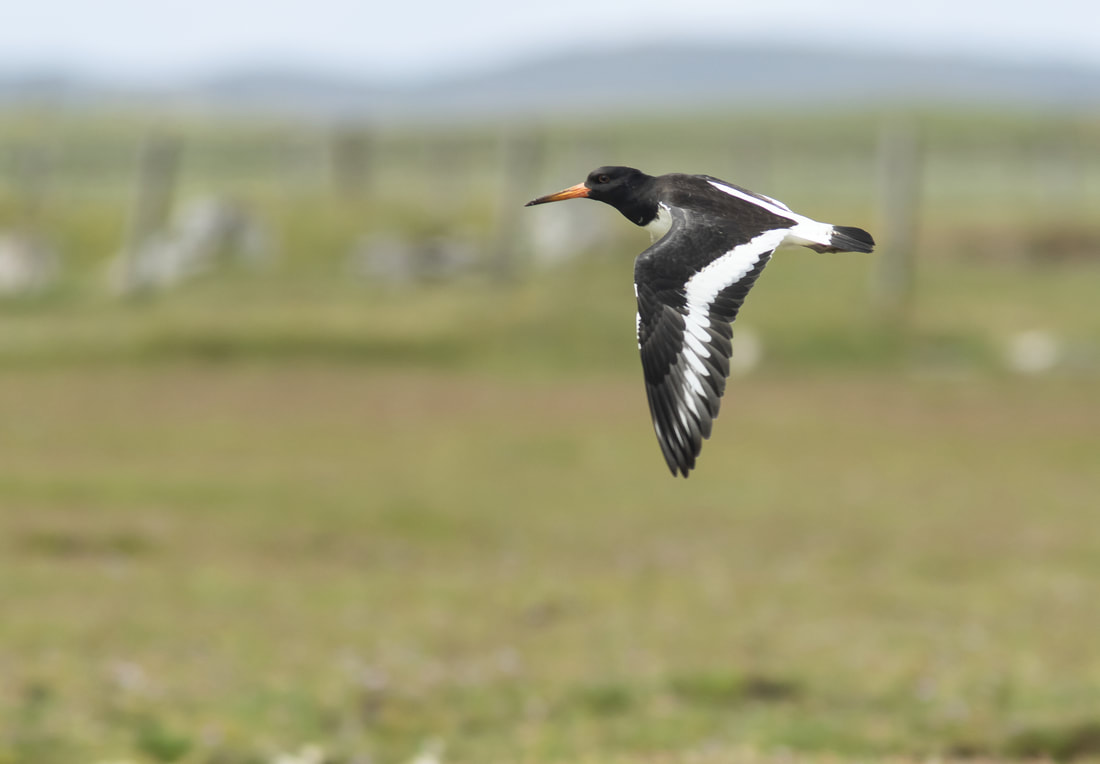
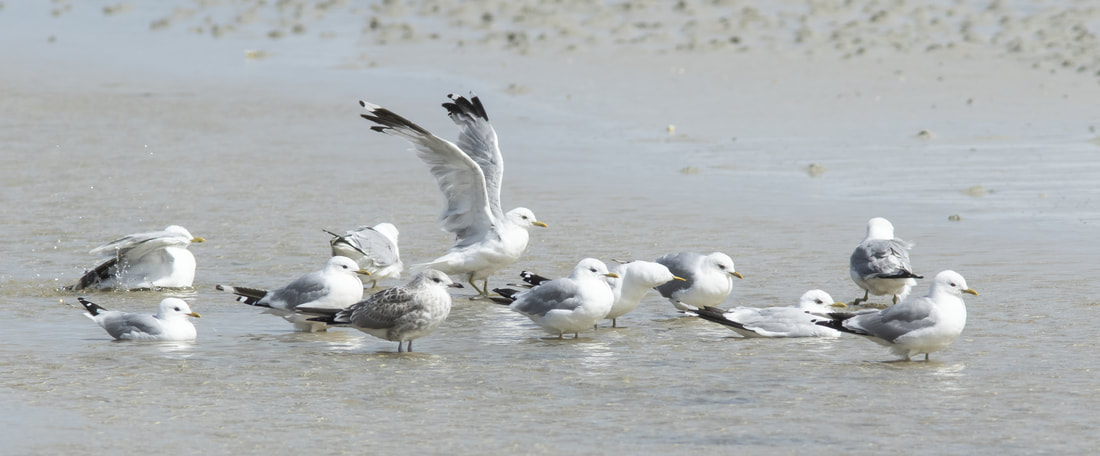
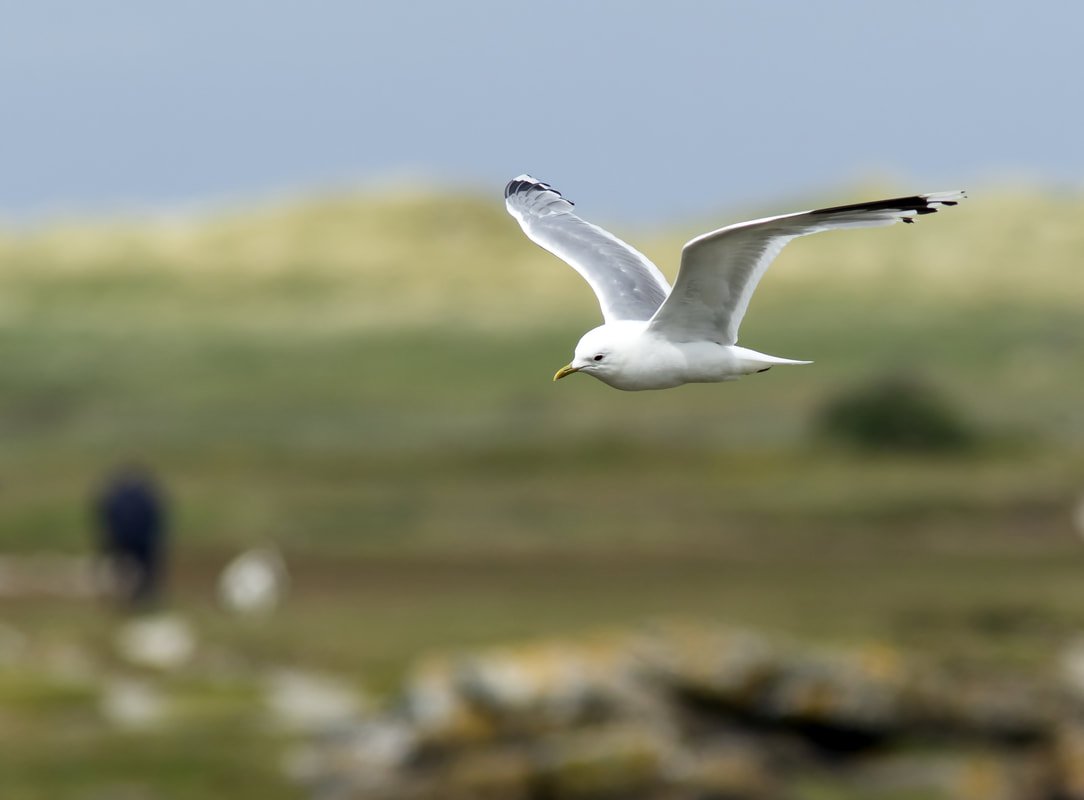
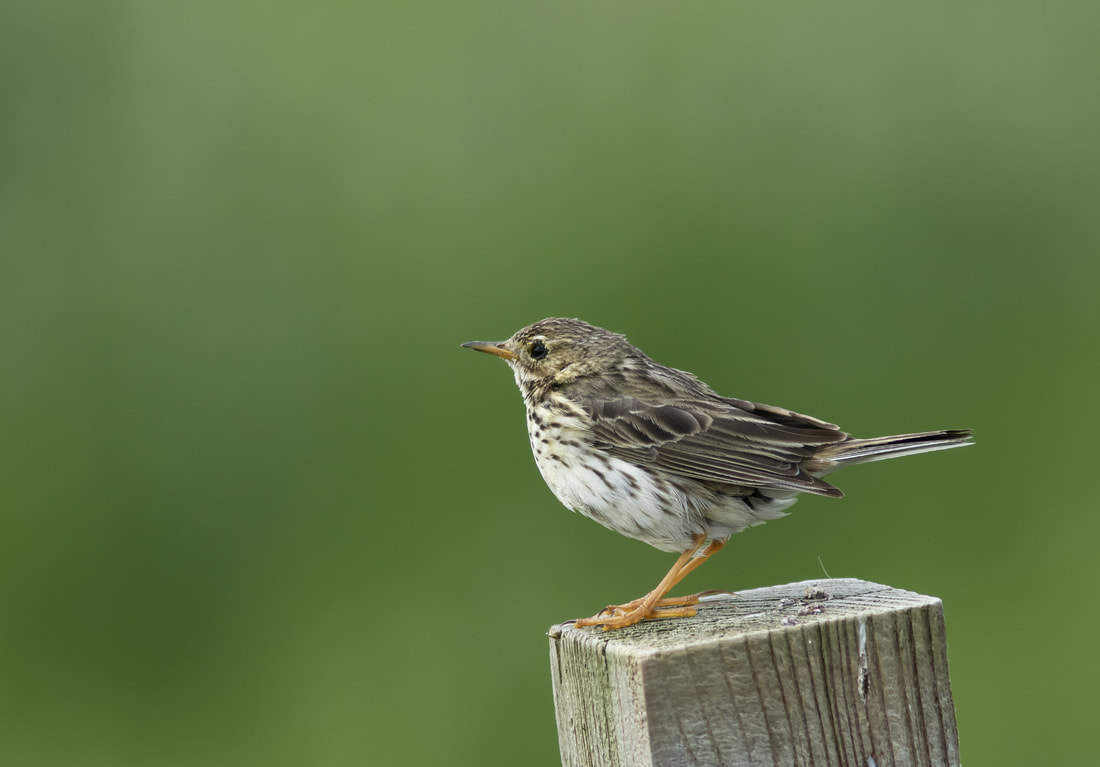
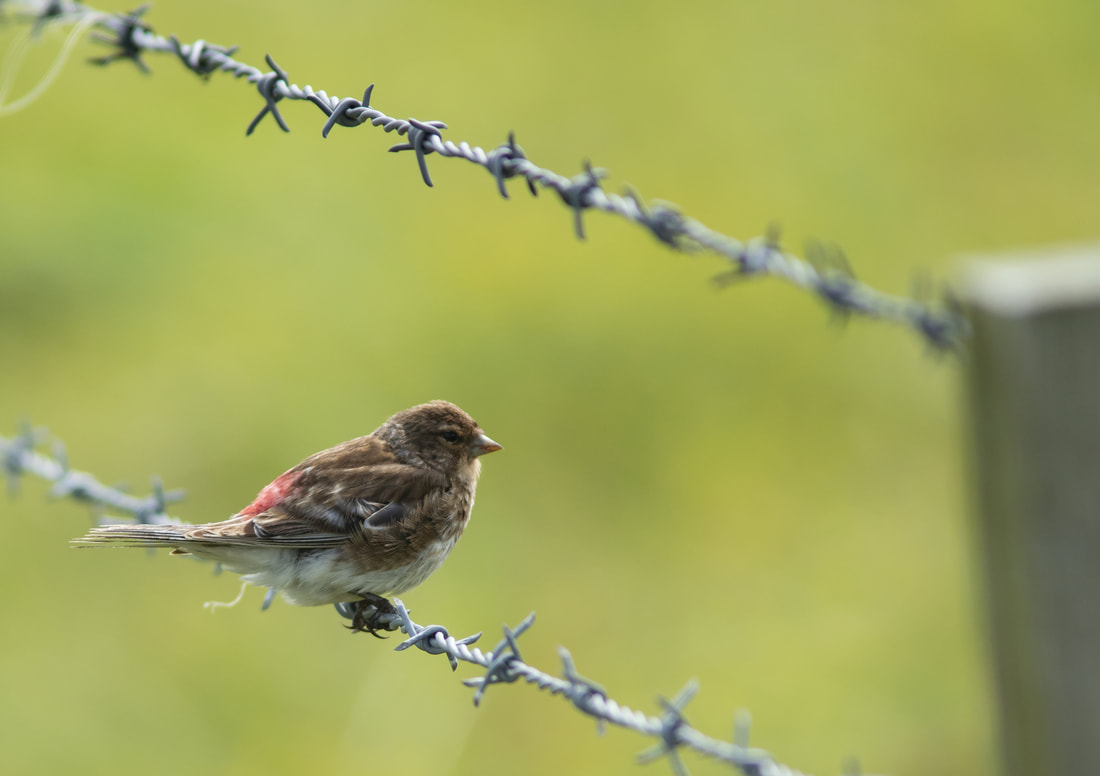
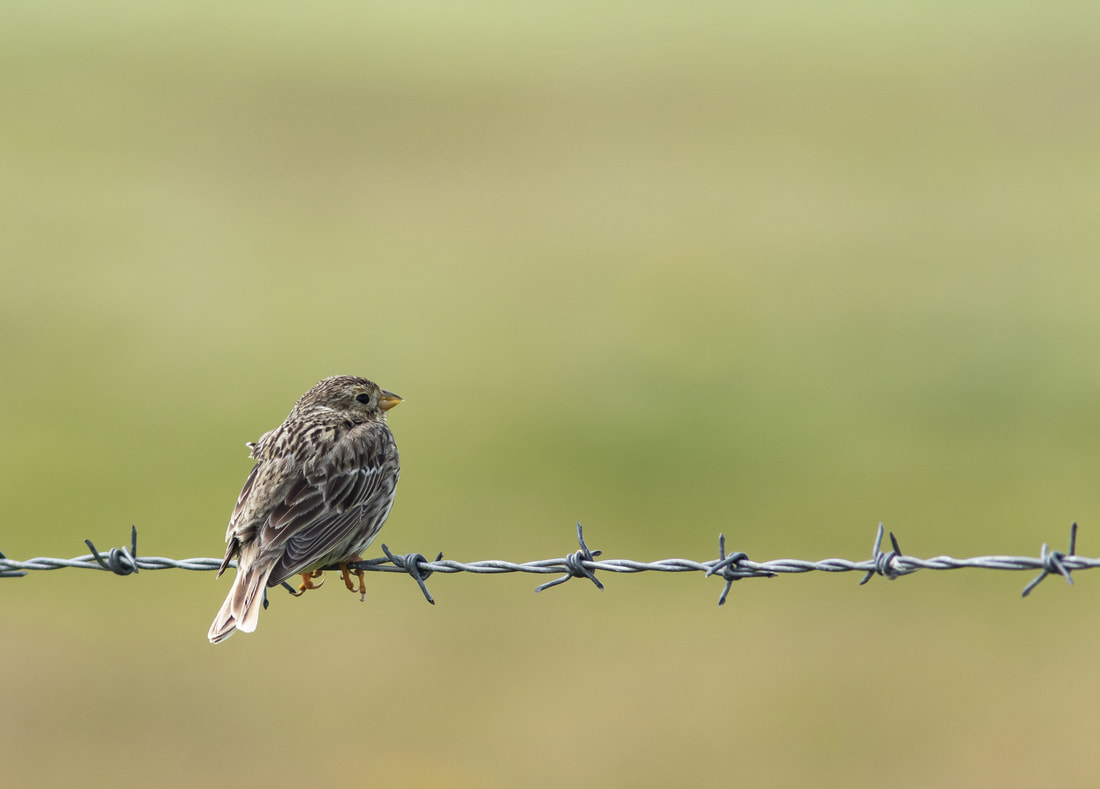
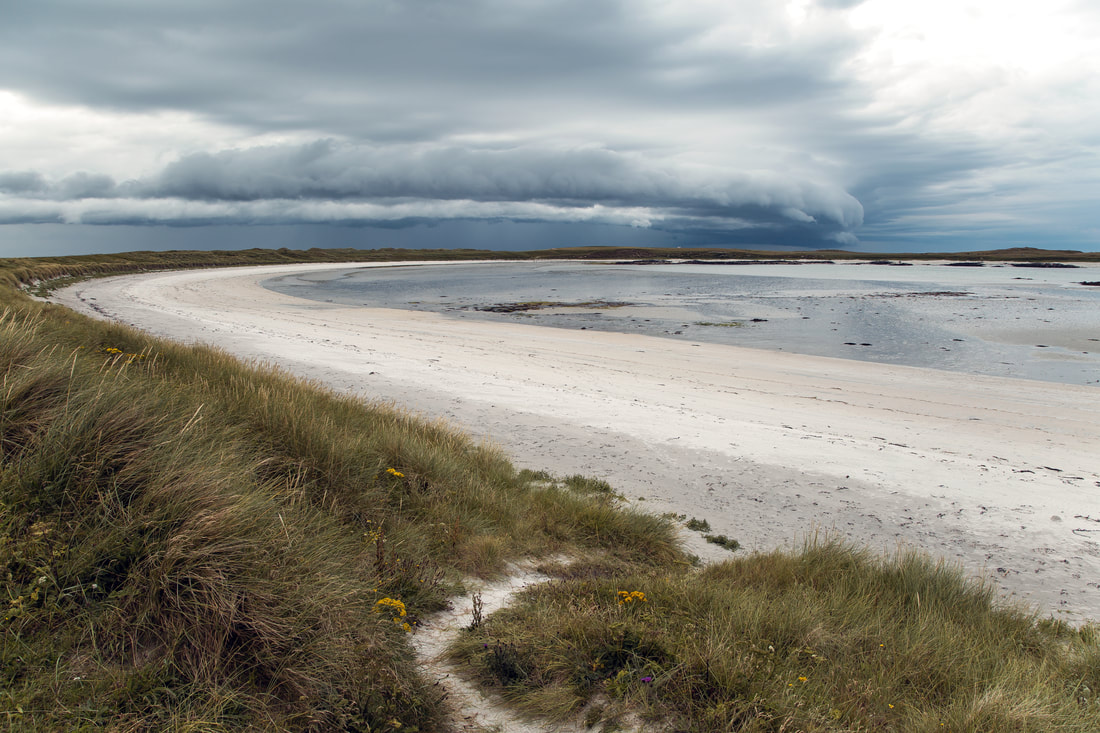
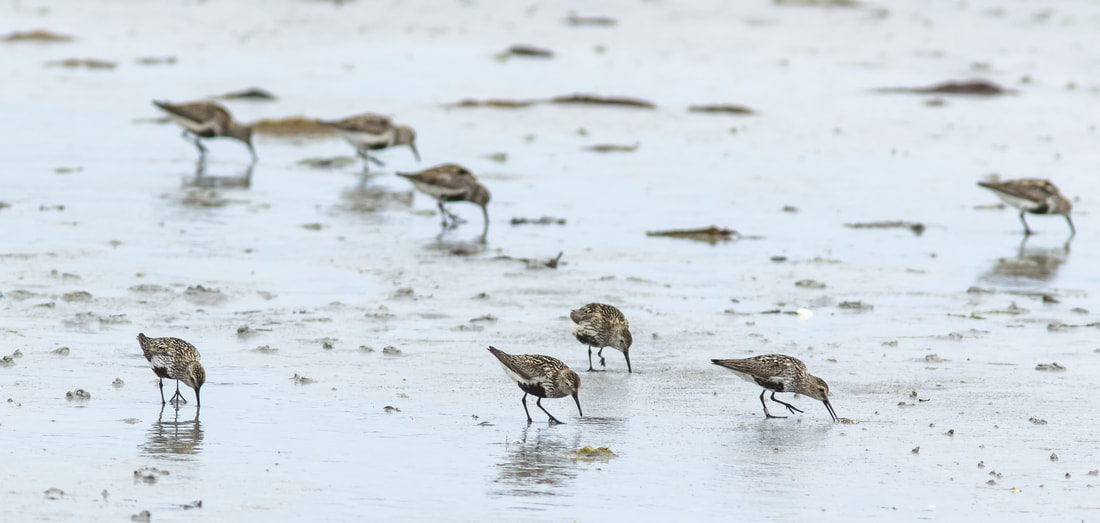
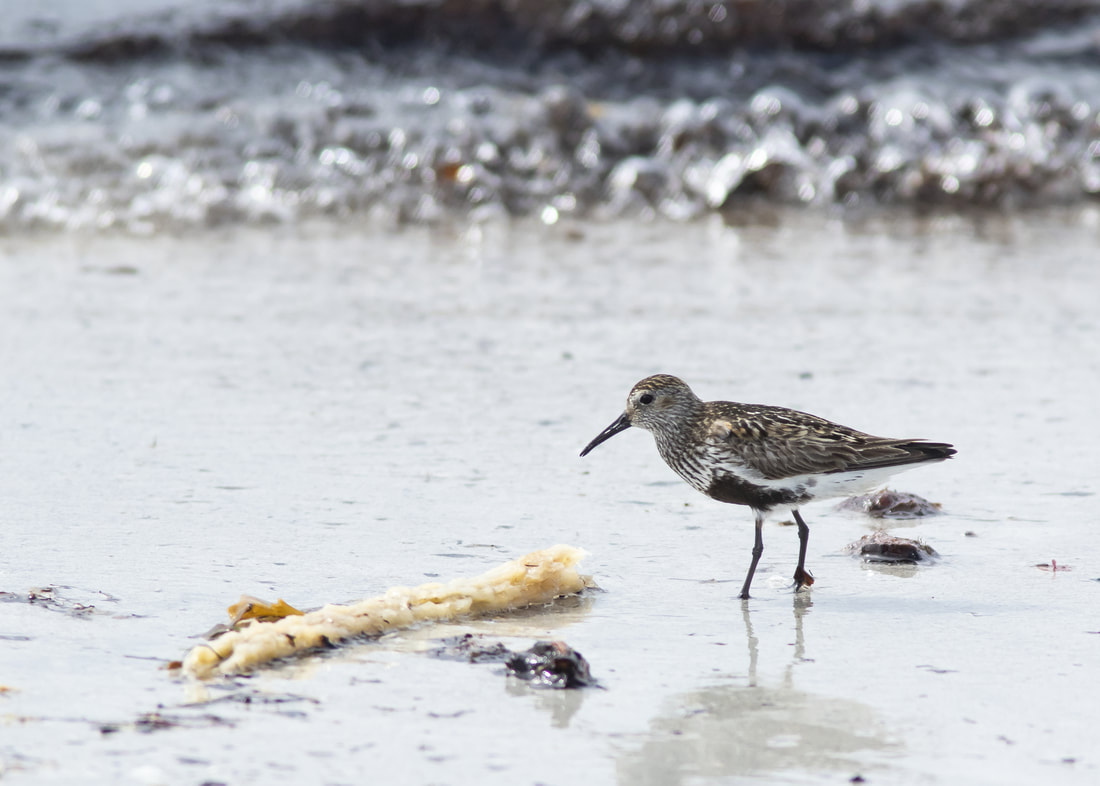
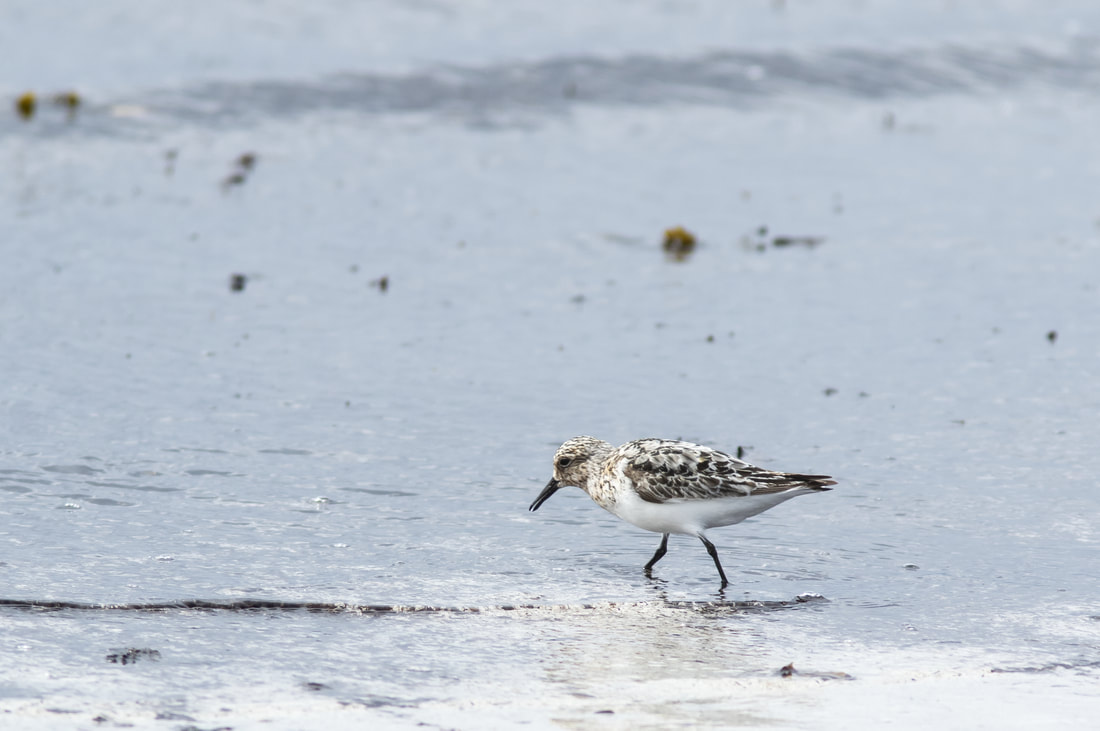
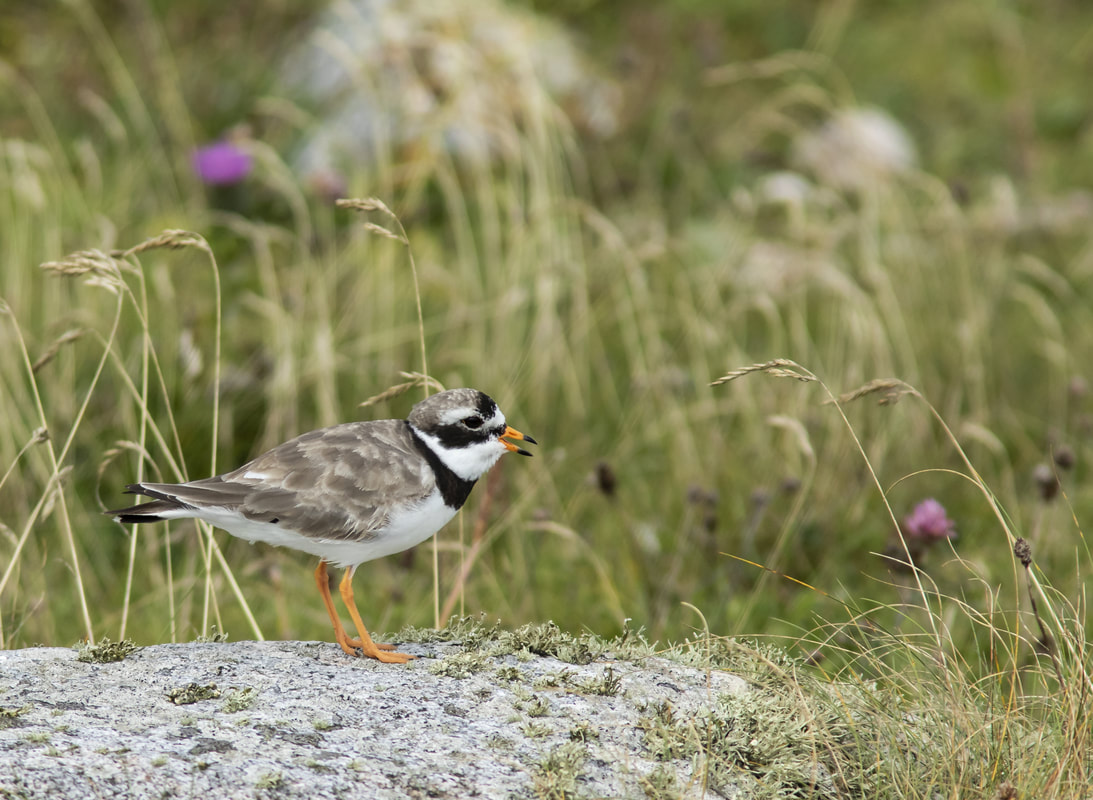
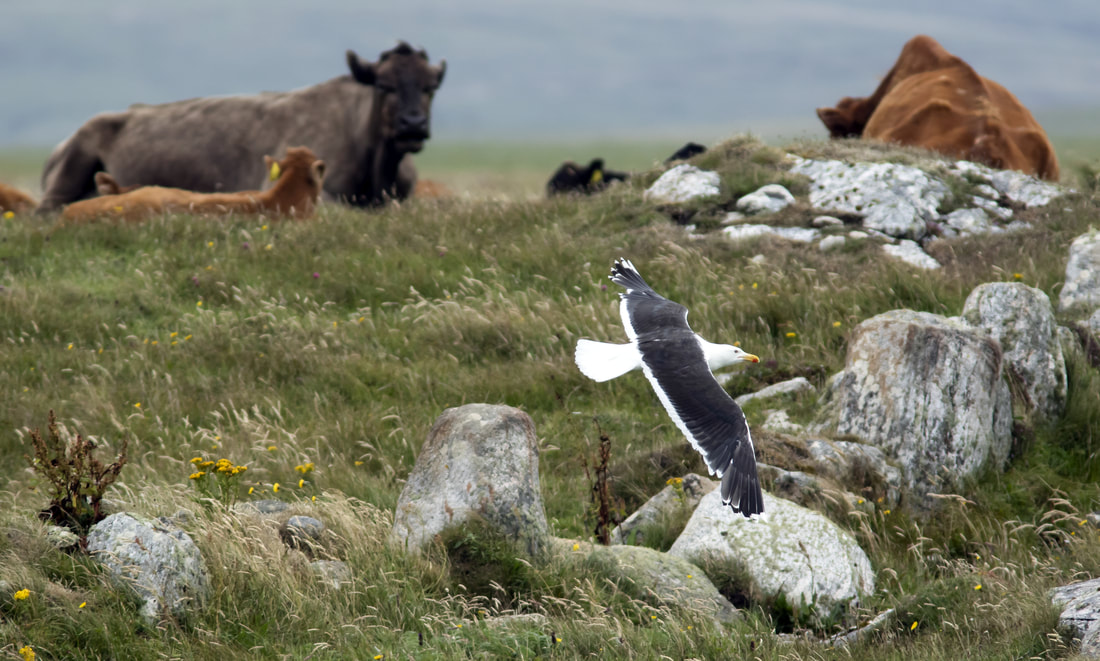
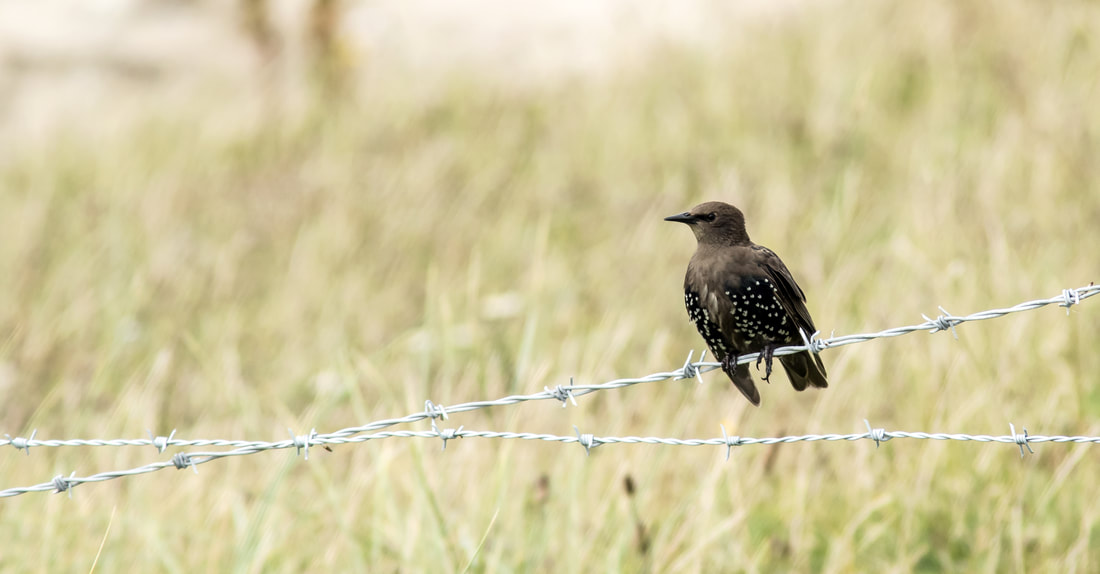
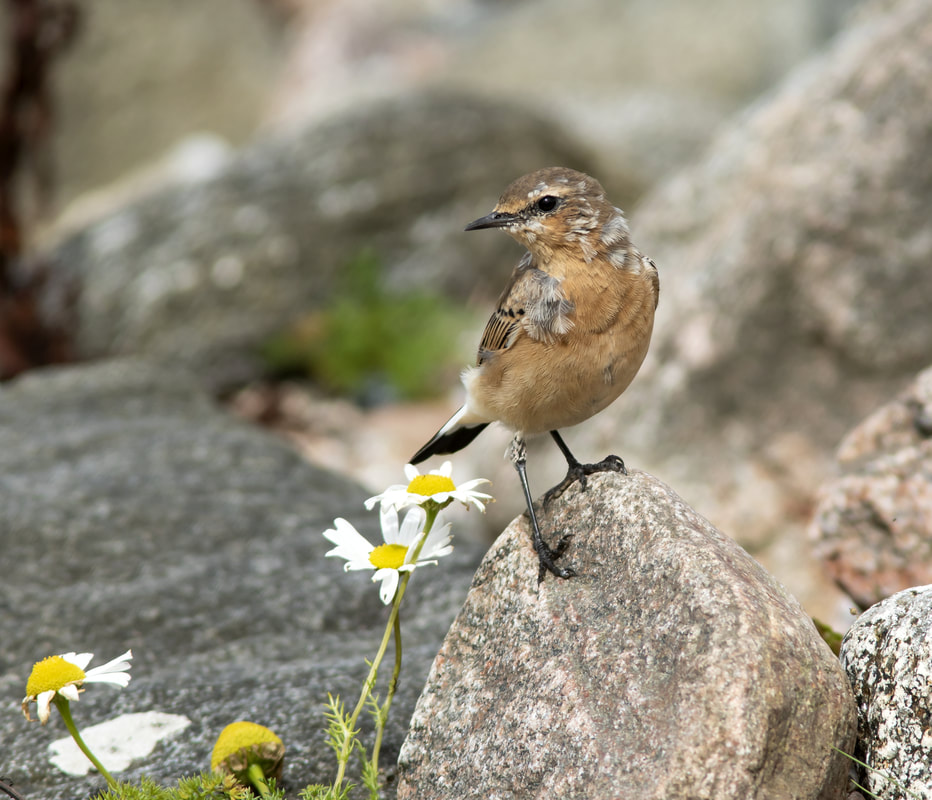
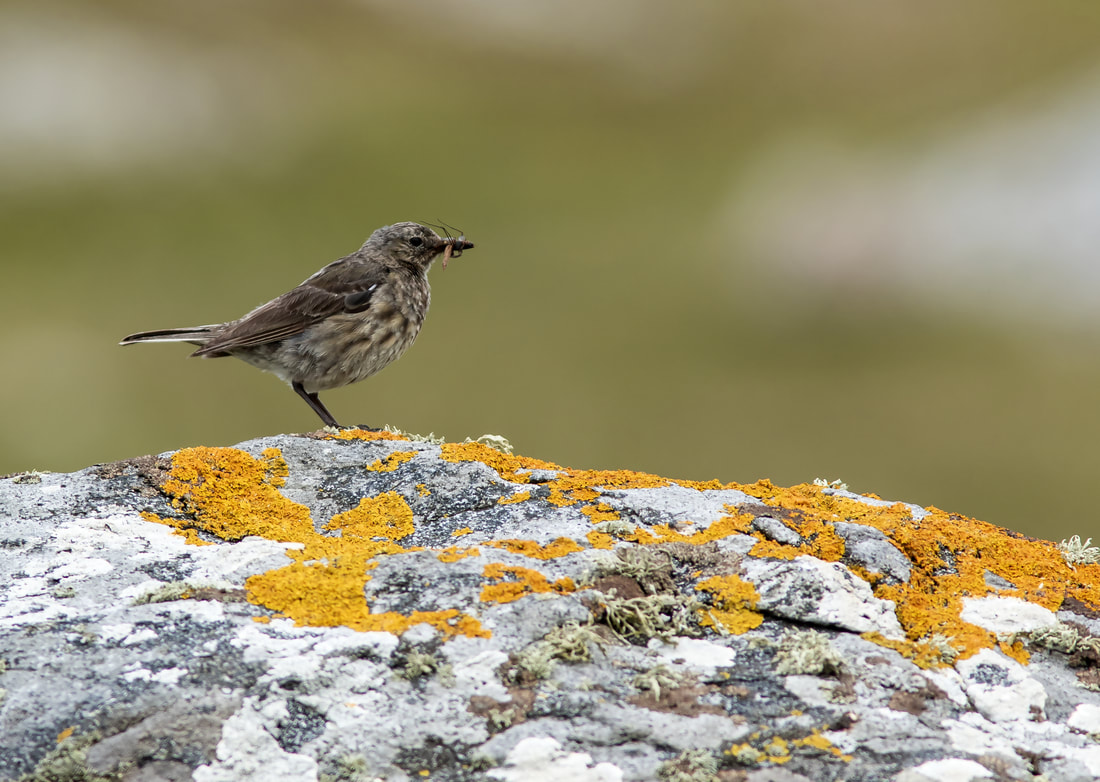
 RSS Feed
RSS Feed
